Complimentary worldwide shipping on orders over $400 · No import tariffs for most countries
Complimentary worldwide shipping on orders over $400 · No import tariffs for most countries
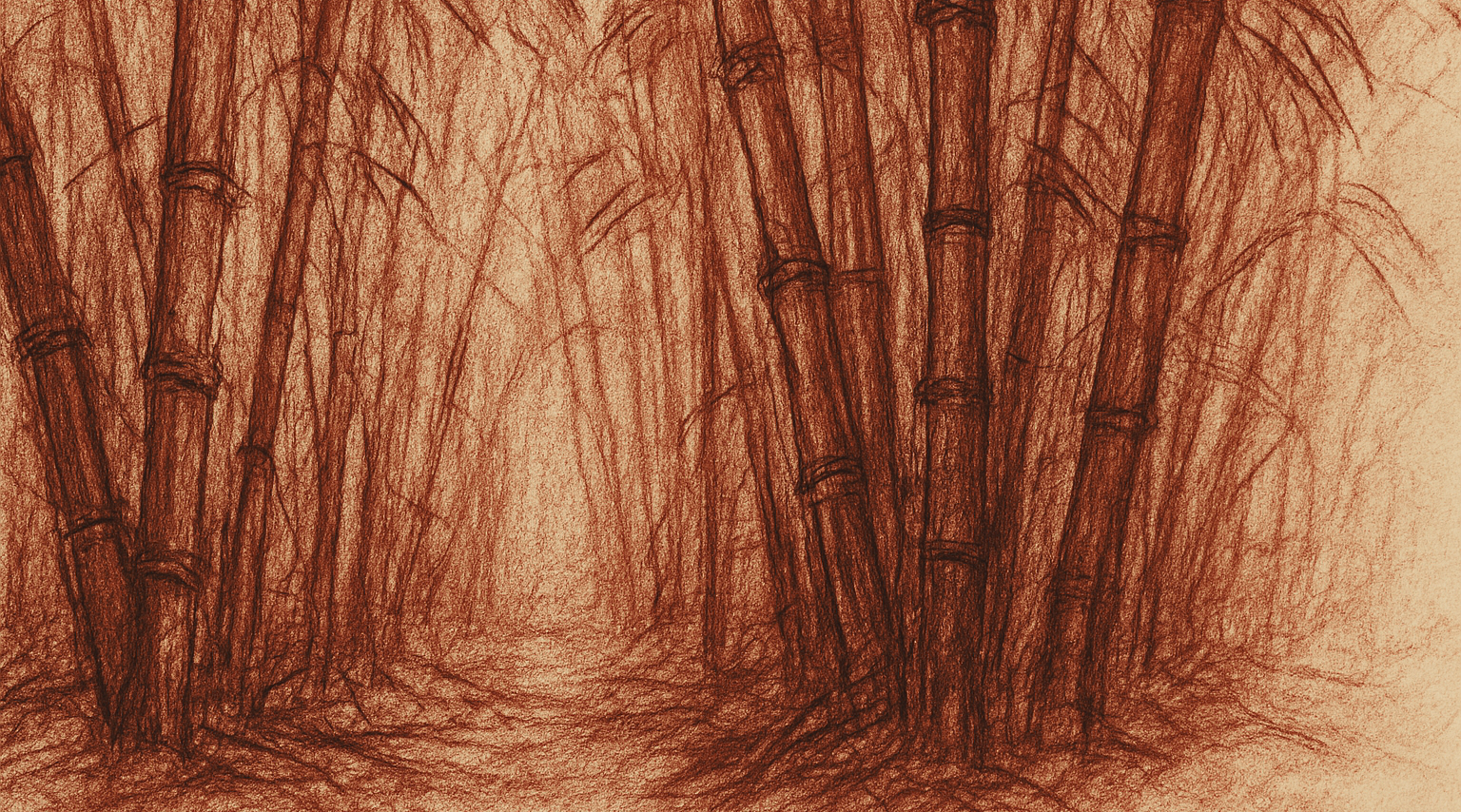
Why I Print on Bamboo
2 min read
by Lucas Varro
There is a profound quietude in the temples of Angkor—an ancient breath that lingers in stone, moss, and morning light. When choosing how to bring these moments into the world as physical prints, I seek materials that do more than serve the image; they must honour the spirit of the place.
This is why I print my work on Hahnemühle Bamboo—a paper born not of forested pulp, but of the rapid-growing, self-renewing bamboo plant. As the world’s first fine art inkjet paper made from 90% bamboo fibres, it reflects my reverence for nature and impermanence—for beauty that leaves no wound behind.
Bamboo grows swiftly, needs little water, and requires no pesticides. It yields far more cellulose per acre than trees, yet asks less of the land. To print upon it is to collaborate with a plant that teaches resilience and generosity—less an act of consumption, more a gesture of reciprocity.
Its natural white tone—free of optical brighteners—glows with a quiet warmth: soft, muted, like temple sandstone in morning haze. Its gently textured surface cradles the photograph as a whisper cradles a prayer. Monochrome prints, in particular, find a deeper voice here: shadows breathe, mid-tones sing, and highlights drift like incense into silence.
For me, it is not enough that a print be archival—it must also feel alive. The subtle tactility of this paper gives soul to the image. It transforms a photograph into an offering.
Every print I make is the result of long, patient hours in the temples—measured not in time, but in stillness. By choosing bamboo, I extend that stillness into the material world, with a paper that honours the earth, carries the image with grace, and disappears softly into time.
Also in Library
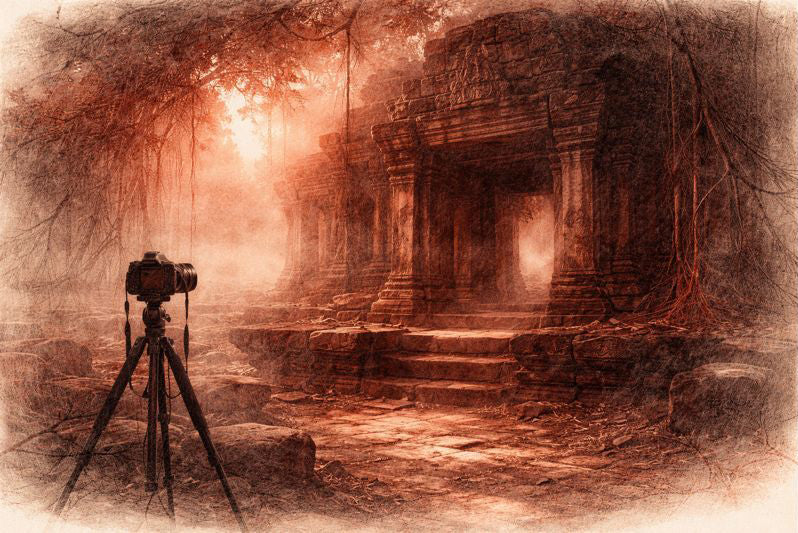
Before the Shutter Falls
3 min read
Before the shutter falls, fear sharpens and doubt measures the cost of waiting. In the quiet hours before dawn, the act of not-yet-beginning becomes a discipline of attention. This essay reflects on patience, restraint, and the quiet mercy that arrives when outcome loosens its hold.
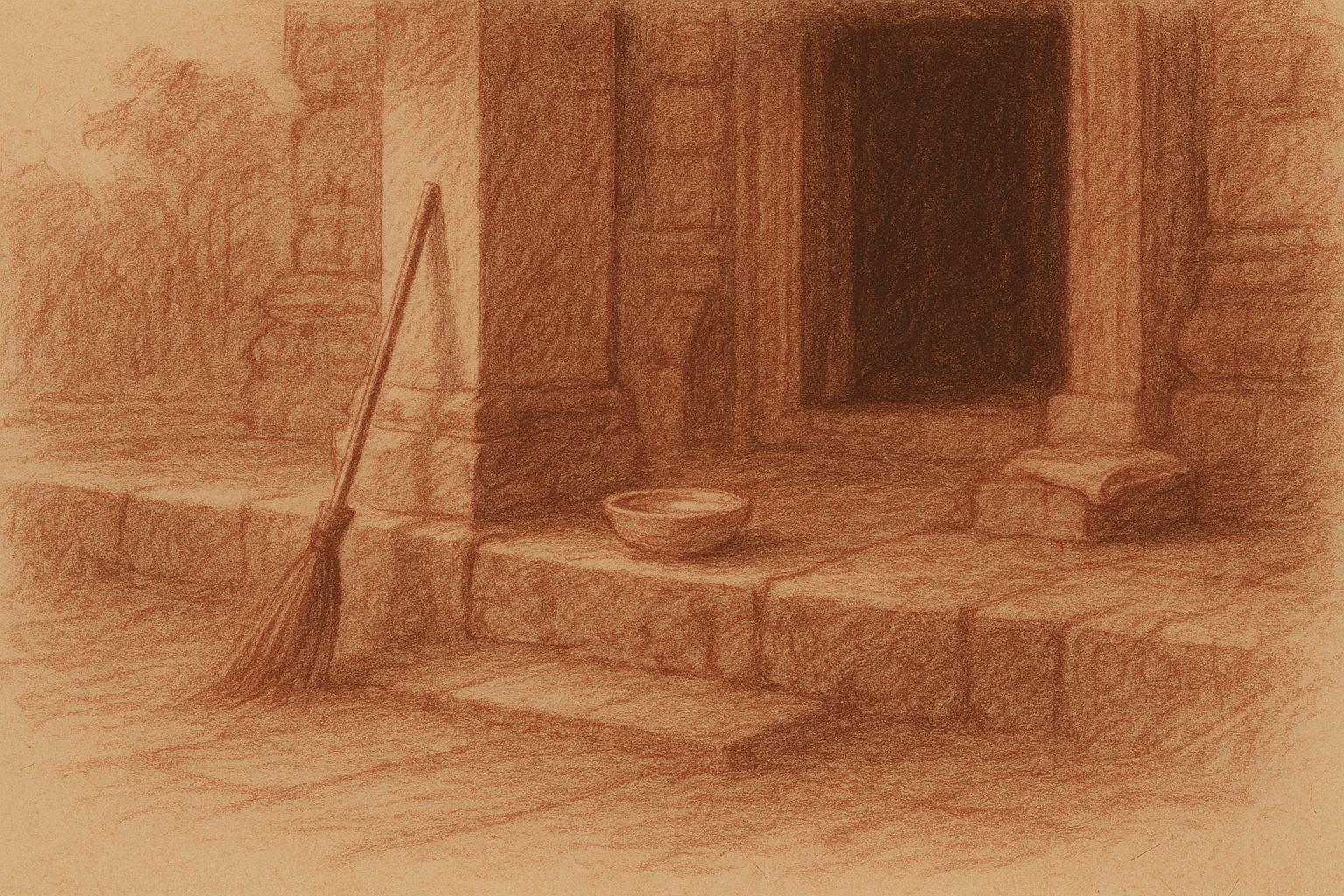
Those Who Keep the Way Open — On the Quiet Guardians of Angkor’s Thresholds
3 min read
Quiet gestures shape the way into Angkor — a swept stone, a refilled bowl, a hand steadying a guardian lion. This essay reflects on the unseen custodians whose daily care keeps the thresholds open, revealing how sacredness endures not through stone alone, but through those who tend its meaning.
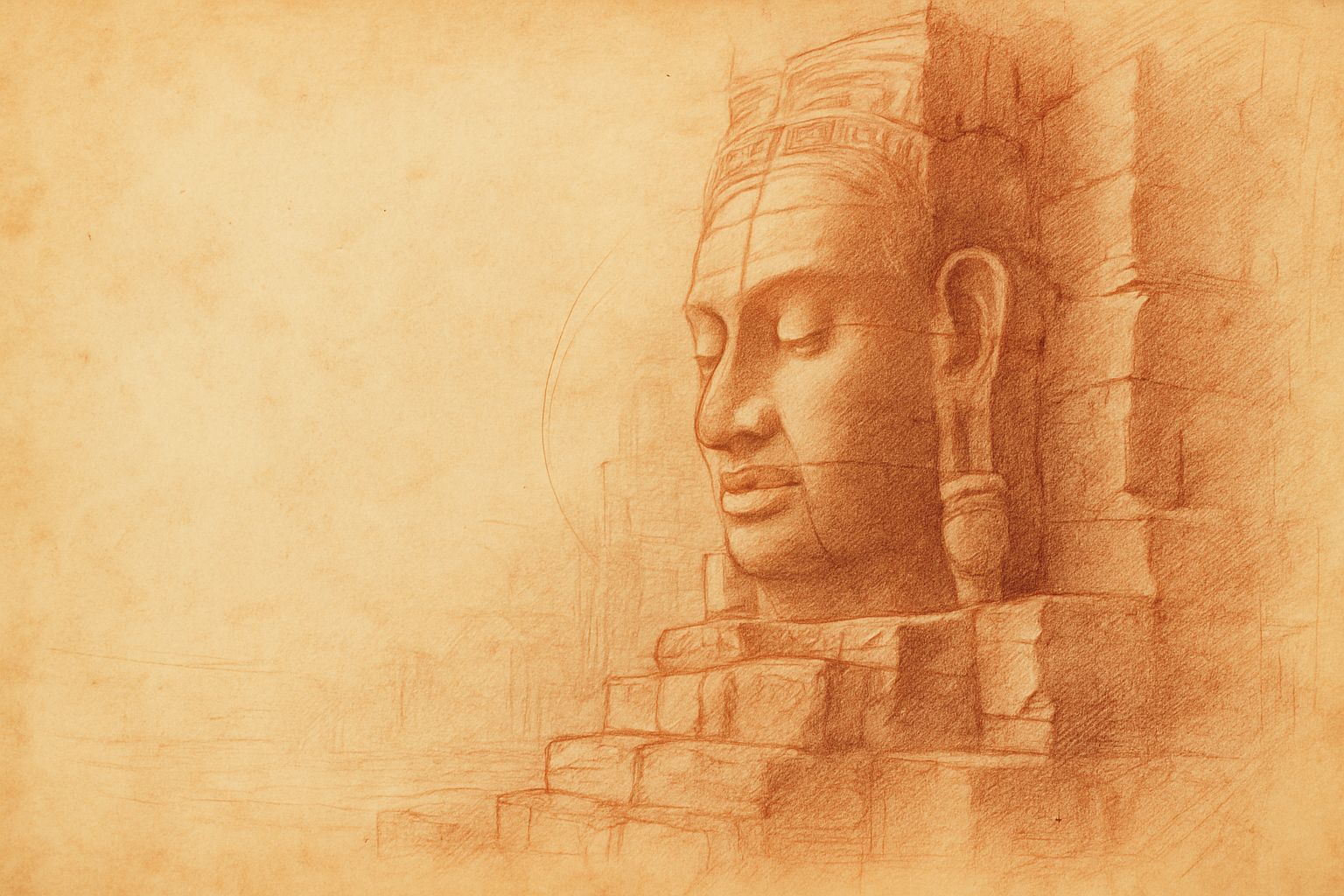
Multiplicity and Mercy — The Face Towers of Jayavarman VII
5 min read
A new vision of kingship rises at the Bayon: serene faces turned to every horizon, shaping a world where authority is expressed as care. Moving through the terraces, one enters a field of steady, compassionate presence — a landscape where stone, light, and time teach through quiet attention.
Join My Studio Journal
Receive occasional letters from my studio in Siem Reap—offering a glimpse into my creative process, early access to new fine art prints, field notes from the temples of Angkor, exhibition announcements, and reflections on beauty, impermanence, and the spirit of place.
No noise. No clutter. Just quiet inspiration, delivered gently.
Subscribe and stay connected to the unfolding story.
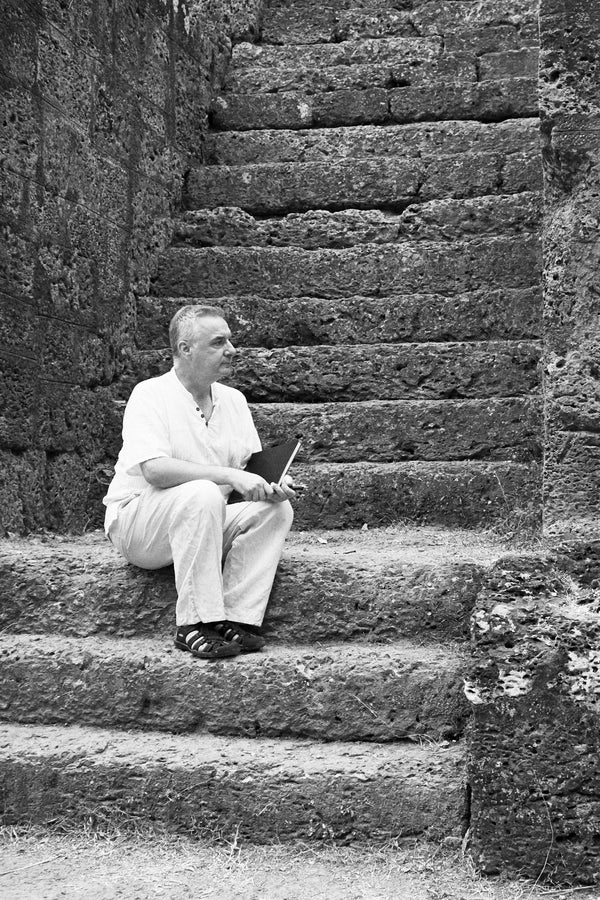
Join My Studio Journal
Receive occasional letters from my studio in Siem Reap—offering a glimpse into my creative process, early access to new fine art prints, field notes from the temples of Angkor, exhibition announcements, and reflections on beauty, impermanence, and the spirit of place.
No noise. No clutter. Just quiet inspiration, delivered gently.
Subscribe and stay connected to the unfolding story.
